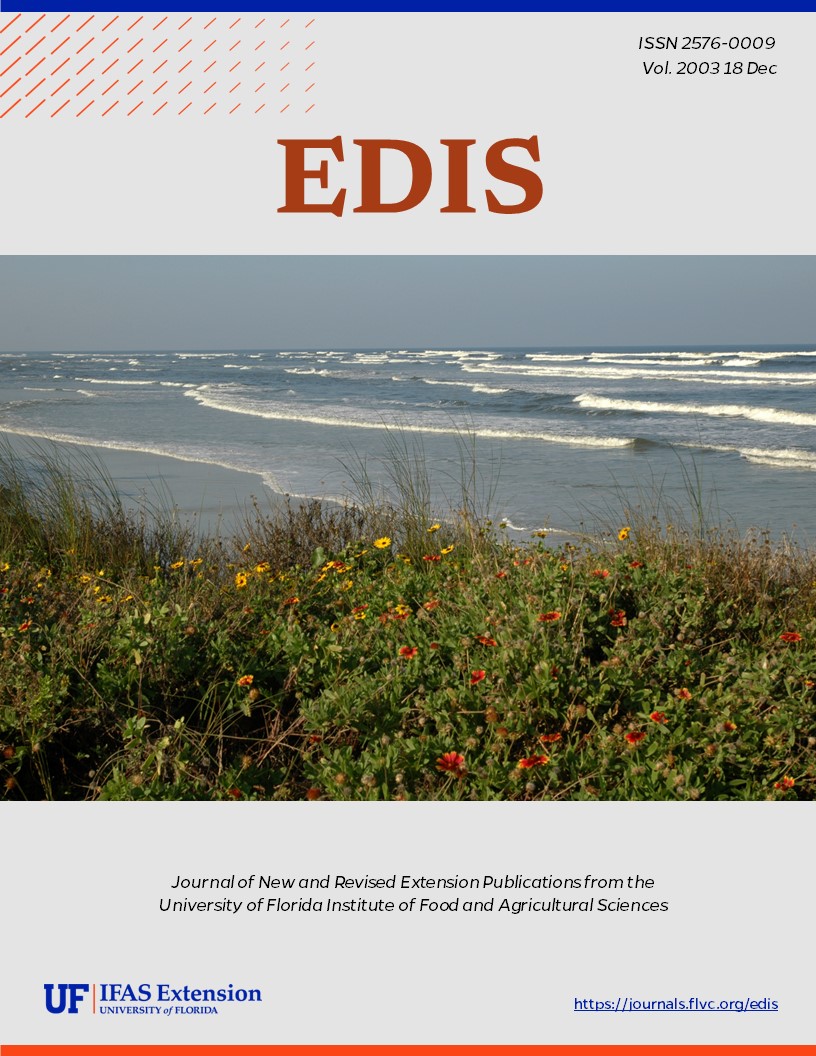Abstract
The pigeon louse fly, Pseudolychia canariensis (Macquart) (Insecta: Diptera: Hippoboscidae) is a common, obligate blood-feeding, ectoparasite of pigeons and doves. Both adult males and females feed on the blood of their host. They are adapted for clinging to, and moving through, the plumage of their hosts. Strongly specialized claws help them cling to the feathers of their particular host species. Pigeon flies retain their wings for their entire adult life. This document is ENY-687, one of a series of the Entomology and Nematology Department, Florida Cooperative Extension Service, Institute of Food and Agricultural Sciences, University of Florida. First printed September 2003.
https://edis.ifas.ufl.edu/in485
References
Soulsby, E.J.L. 1968. Helminths, Arthropods, and Protozoa of Domesticated Animals. Williams and Wilkins Co., Baltimore, MD. p.692
Theodor, O. 1975. Diptera pupipara; Fauna Palaestina-Insecta I. The Israel Academy of Sciences and Humanities, Jerusalem, Israel. 170 pp.
Unless otherwise specified, articles published in the EDIS journal after January 1, 2024 are licensed under a Creative Commons Attribution-NonCommercial-NoDerivs 4.0 International (CC BY-NC-ND 4.0) license.

